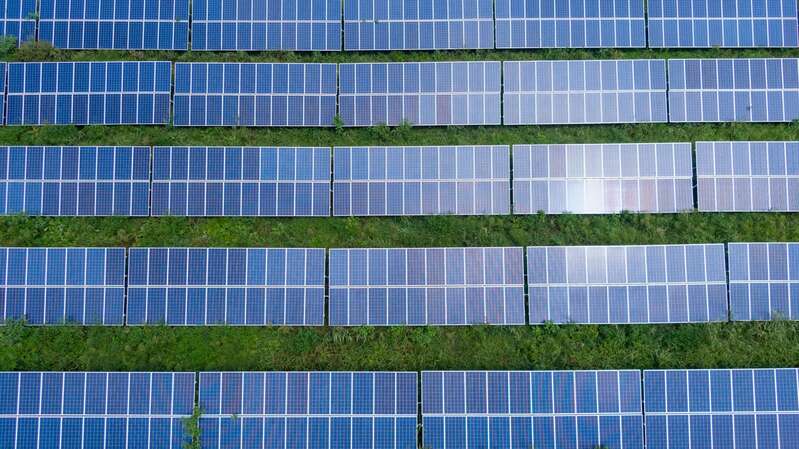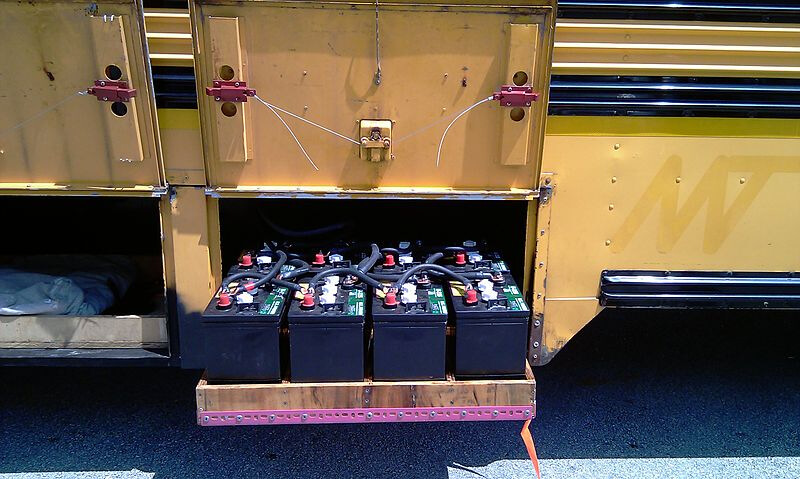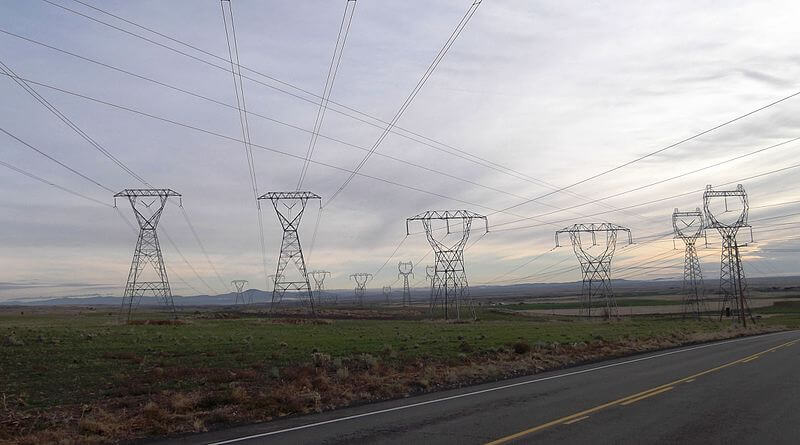With greater dissemination of knowledge about the conditions of our natural world, more and more people are moving towards renewable sources of energy. Solar energy is one of the major forms of renewable energy in use today, and a lot of people, as well as businesses are making a conscious decision to invest in this technology and reap the benefits in the longer term. In this article, we will direct our focus on the specific question of solar panel compatibility, and what are the various elements that will ultimately help you determine the best combinations. This will allow you to get optimum levels of performance from the investment you make on your solar panel system as a whole.
Solar panels come in different varieties, and it is important to know which ones are best suited for your power requirements. One of the measures which is used to differentiate between different panels, are the respective wattages of the panels themselves. There has been a lot of misinformation and partial information surrounding the topic of wiring different solar panels. It is important to recognize that it’s not as simple, as more panels equals higher power. There are different factors that you need to take into consideration while making a judgment.
In this article, we will look at some of the things you should keep in mind if you are looking to mix different panels.
Basics of Connecting Photovoltaic Panels
We should mention at the start, that mixing panels are not recommended in general. However, if you make sure to carefully mind the parameters of those panels, like wattage, voltage, amps etc., it is possible, and you can derive good results from it. There are two main ways in which you can do this. These methods are called series and mixed modes of connecting solar panels. The best method to connect your solar panels is in turn, determined by 3 different factors. These are:
- Type of solar panels used
- Amount of solar power you wish to generate
- Other parameters such as charge controller, battery and inverter specifics
Series or Parallel or Mixed
There is a lot of mystique and misinformation related to the question of which method to use in order to mix different panels. This depends upon your requirements essentially, and there are pros and cons with each. If you are looking to get a higher voltage, then it would be best for you to go for a series connection. Similarly on the other hand, if you wish to get more current as opposed to higher voltage, then you should go for a parallel connection. And of course, if you need both higher current as well as higher wattage, you need a mix of both series and parallel connections.
Whether it be in series or parallel or mixed connections, you should definitely consider adding solar panels, if your existing panels are not getting the job done. This is because, irrespective of which type of connection you choose, more panels will give you a higher total wattage count regardless.
As we have mentioned earlier already, there are 3 different kinds of wiring possibilities that solar panel users have at their disposal, when it comes to connecting panels of different wattages. We will discuss each of these in the section below in a little bit more detail.
Solar Panels Connected in Series
As mentioned already, a series connection gives you the prospect of generating higher voltage along with a higher watt count. Series connections are mostly used in grid-type tier systems, as they require higher voltage in order to function at optimum capacity. These types of grid systems are generally equipped with higher voltage panels. Generally, we have found from our surveys that the system voltage for these types of systems are at least 24 volts. Another point of note about this system that we have encountered, is that the solar array output voltage is connected to an inverter or a charge battery. This charge battery is also usually powered by a comparatively higher voltage than we find in most non-grid systems.
A series connection basically means that you are connecting the positive terminal of a panel to the negative terminal of the next panel. In case of this connection, you will get a total output voltage that is the sum of the voltage drops on each solar panel, provided that the panels are of the same type and also the same power rating.
If the panels that you will be using are not of the same ratings, then the question becomes somewhat more complicated. The current produced from a solar panel is dependent on a combination of factors such as ambient temperature, solar cells temperature, and solar irradiance. This leads to a situation where if for instance, you are using panels of different wattage and one of the panels has a much lower current, then this will end up dragging down the performance of the whole solar array. This is a situation that you should ideally avoid, if you wish to get the most out of your solar panels.
Wiring Solar PV Panels in Parallel
Parallel connections are one of the simplest methods of connecting solar panels, along with series, and it can also be effective for you if you’re looking to do these things with a DIY spirit. This type of connection is best suited when and if you are looking to increase the total output of the array, while keeping the voltage rating unchanged. The voltage is usually static, based upon the 6v or 12v panels that you are using, in the case of off-grid systems.
This type features a connection between all of the positive panels with each and the negative panels with each other respectively. Eventually, it all boils down to one positive and one negative connector – which are finally connected to the inverter or the charge controller. A parallel connection enables you to have a total output current that is equal to the sum of all the different current ratings passing through the various solar panels. If the panels are of the same type and the same ratings, this process will be seamless.
Again, if the panels are of different ratings, then the story is somewhat different. In this case, you will end up losing a lot of your solar power – which could have been used to give you additional current capacity. This is because the array’s total voltage depends on the lowest voltage rating, which causes the complication.
Mixed Wiring of Solar Panels That Includes Both Series and Parallel
Mixed wiring of panels basically means that you are using a combination of two different panel connecting systems to bring about your final energy output. How effective this will be, is largely dependent on your total output voltage, and the maximum total current output of the entire solar array.
In order to be able to do this correctly, you need to keep two things in mind at all times without failure, which will serve as your base point of entry. These two things are that series connections manage to increase voltage, and parallel connections manage to increase current. Both however, result in increased wattage. However, the wattage will go down if you choose to use different rated solar panels.
The best way to ensure the most optimum levels of performance from your solar panels, while using a mixed wiring system, is to make sure that your solar array is composed of an even number of panels. This means that you have to have panels in the multiples of 2 such as 4, 6, 8 and so on and so forth. These panels could be put in various types of wiring combinations. For instance, if you have 4 panels, then you can put 2 in series and 2 in parallel.
All this is good to talk about in theory, however in the case of practical implementation, it is very much possible that you might find yourself in a situation where you have an odd number of panels as part of your solar array setup. In this case, you should reconsider this type of mixed wiring, and consider the advantages of series or simple parallel wiring systems. If you have a preference for differently rated panels instead of having to buy similar rated ones, it is best to separate the panels in two different sets, and wire them in parallel.
Summarizing points
In this section, we will mention some of the important points that could be observed in summary of the above detailed discussions that we have already had.
If you decide to go for a series connection, it is more important to ensure that the rating of the different panels is always the same. On the other hand, if you decide to go for a parallel connection, then we would urge you to make sure that the voltage rating of the different panels are the same.
If you mix different types of panels, inevitably, this will result in overall reduced wattages. This happens regardless of whether you end up using a series connection, or parallel connection mechanism.
If you add even a single panel which has a lower rating then the other ones, it will result in lowering of the entire power output. A lower rating basically means that it has a higher potential for loss of solar power. This happens for both the cases of series and well as parallel connections. However, the loss of solar power is more severe in the case of a parallel wiring system. Thus, it is best advisable for you to try and get panels with the same ratings if you harbour aspirations of churning out the maximum possible power from the panels.
Final Recommendations
In this section, we will have a recap of some of the major themes and highlighting points of our discussion above. We will start off by telling you something that we have revisited quite a few times throughout the course of this discussion, and that is because it is of vital importance. We would urge you to try and get panels with similar ratings – regardless of the type of wiring system you are looking to set up.
Try and minimize losses, while connecting solar panels by following these guidelines mentioned below.
If you are looking to connect solar panels of different brands, make sure to connect it in series panels. If you are looking to connect panels of the same brand, but of different voltages, then make sure to use a parallel wiring system to connect the panels.
We also do not recommend that you connect different solar panels in a particular solar array. This is because, if you choose to do so, either the voltage or the current output might get reduced, and this will not allow you to extract the optimum amount of performance from your solar panel system.
Conclusion
In this article today, we have tried to give you some important and valuable information regarding the setting up of solar panels. A lot of people have been making the transition of late to using renewable and sustainable forms of energy. This brings a lot of questions to their minds, and one of the major questions that usually dominates discussions on online forums, relates to the topic of wiring different panels together. It’s just not as simple, as more panels equals higher power or vice versa. There are a lot of nuances involved in this, and we have tried to cover these as much as we could, without over burdening you with too much technical detail.
We have also made it a point to summarize some of our core recommendations and try to bring it to your attention. This will enable you to make a more informed choice that is based on evidence and suitability factors. We hope that the information you found here comes in good use for your purposes, and you can build the ideal solar power system of your dreams. Make sure to note that the information you find here merely touches upon the surface – and if you feel the need to know more, you can do further in depth research.
- 300 Watt Solar Panel Prices in India: 2023 - March 8, 2023
- 500 Watt Solar Panel Prices in India: 2023 - March 5, 2023
- Loom Solar Panel Price: 2023 - February 19, 2023



